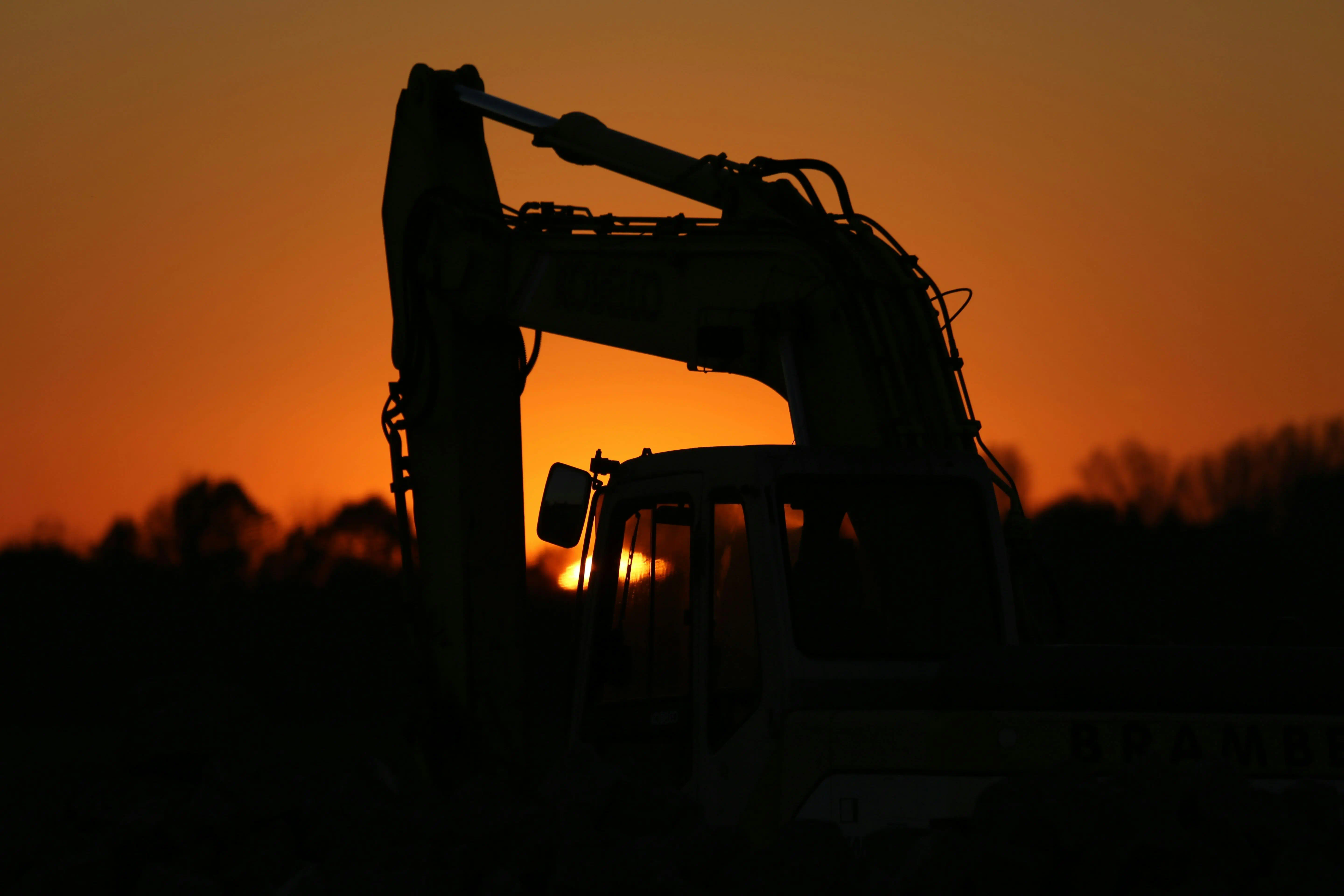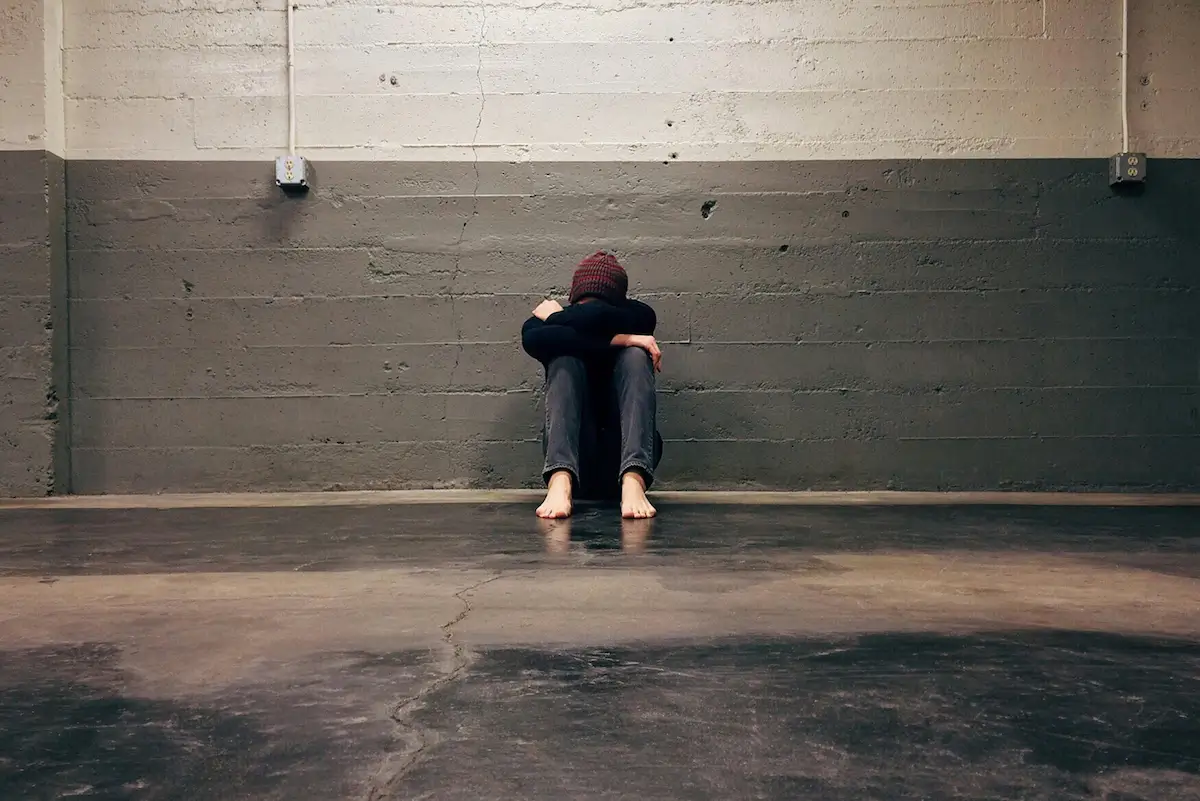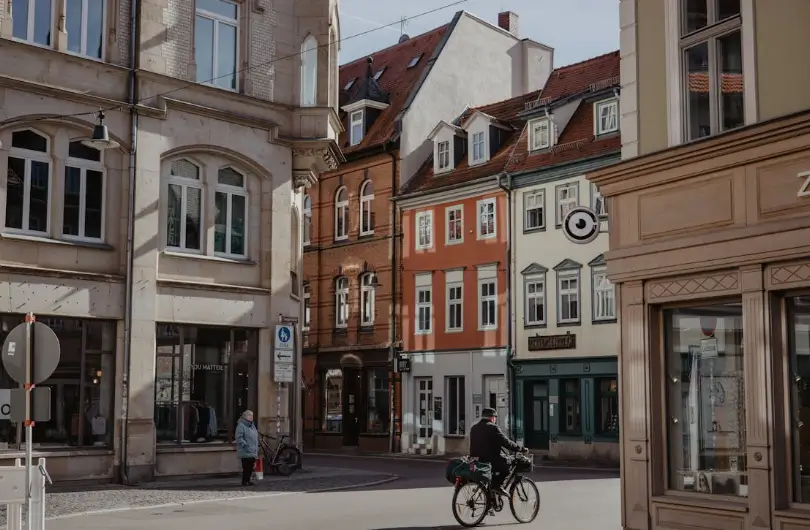What happens when someone wants to develop land you forgot wasn’t yours?
Walk past a vacant lot long enough and it starts to feel like part of the neighborhood. Maybe there’s a big tree that shades the sidewalk, or a patch of wildflowers that bloom every spring. Maybe it’s just been there untouched and unnoticed for years. People walk their dogs past it. Kids ride their bikes around it. Someone even hung a swing from a tree once...crazy fellow, he almost broke his arm while doing it too.
But then one day, a sign goes up:
“Proposed Development – Multi-Family Housing.”
And suddenly, the lot is no longer forgotten. It’s contested.
Except… it was never yours to begin with.
This is a tension planners see all the time: a property owner wants to develop something. The zoning allows it. The use is permitted. No variances needed. But the public reaction is swift and intense.
Not there. Not that. Not now.
The arguments about traffic, noise, trees, neighborhood character, come quickly. Some of these concerns are valid. Some aren’t. But what’s often missing is a basic acknowledgment that
this land belongs to someone. And they’re following the rules.
That can be a hard thing to accept, especially when land has stayed undeveloped for a long time. People get used to it. They form quiet attachments. A patch of woods becomes a mental landmark. An overgrown lot becomes “part of the feel” of the block. And suddenly, someone comes along to develop it and it feels like a personal loss. Heck, almost like a betrayal to the community.
This is especially true when conservation is invoked.
You’ll hear: “This site is an important ecosystem.”
Or: “These trees have been here longer than the developer.”
Or: “This space has value to the community.”
And maybe all of that is true.
Maybe the site does have value. But who has the right to make decisions about it?
That’s where planning runs headfirst into the drama of it all. Because in many cases, what people really want isn’t protection, it’s permanence. They want the space to stay just as it is but without action such as zoning changes or formal conservation. Without these actions there’s nothing stopping that land from being used exactly as it was intended.
And sometimes, what it was intended for is housing. Or commercial. Or mixed-use. Something allowed. Something anticipated.
If we want to conserve land, we need to do more than hope it stays empty. We need zoning overlays. Land trusts. Conservation easements. Public acquisition. Policy, not sentiment, is what protects open space.
Because when people oppose development purely based on the fact that it feels wrong or disruptive, even though it may be legally allowed, they’re undermining the planning system itself.
Otherwise, we’re just weaponizing nostalgia against legal development. Telling property owners:
“You can own it. You can pay taxes on it. But good luck trying to use it.”
And that’s a bad precedent for housing, fairness, or for long-term planning.
Want to preserve the trees? Great! Let’s do it through land use tools that actually work. Let’s talk about strategic rezoning, open space requirements, and incentives for conservation.
But don’t wait until a shovel hits the dirt to start calling something sacred.
Because by then, it’s not a forest. It’s a missed opportunity wrapped in public outcry.
We hear a lot of these grievances at public meetings—trust us. If you want to see just how wild it can get, check out our post “Most Painful Public Hearing Lessons.”
%20(1200%20x%20237%20px)%20(300%20x%2059%20px).webp)


.webp)


